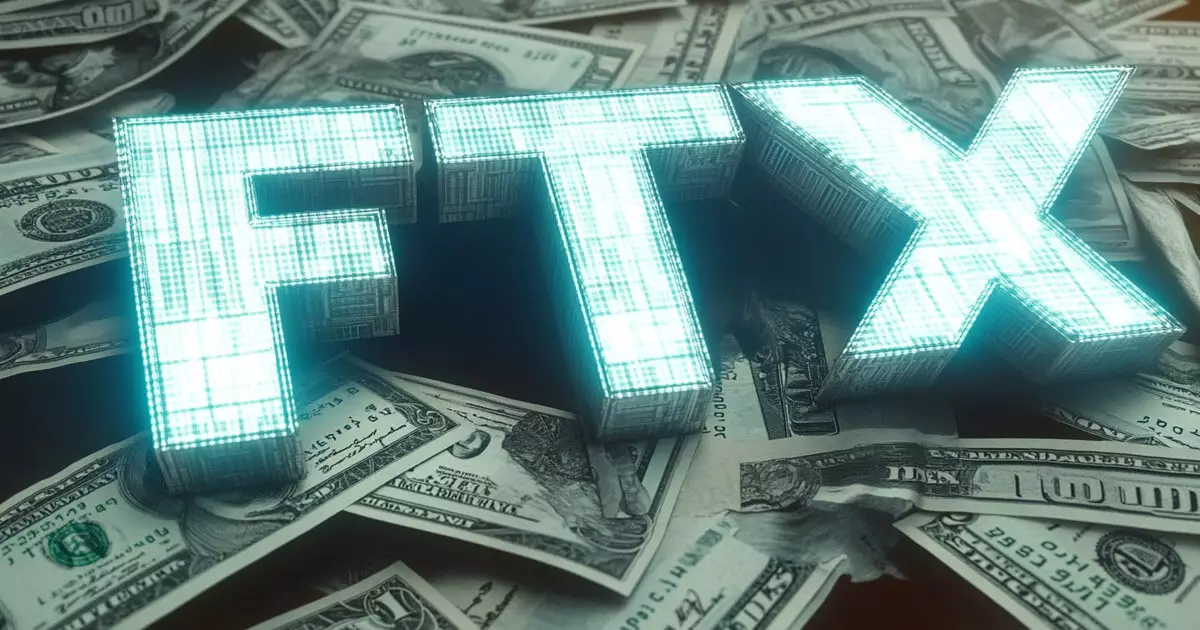The saga of FTX, once one of the leading cryptocurrency exchanges globally, has been a rollercoaster ride filled with scandal, financial mismanagement, and tremendous fallout for an array of stakeholders. As the company moves through its bankruptcy process, a pivotal moment is approaching: the planned distribution of funds to small creditors scheduled for February 18. This distribution not only highlights the ongoing challenges within the bankruptcy framework but also raises questions about fairness, transparency, and the future of larger claims still awaiting resolution.
FTX’s Joint Official Liquidators (JOLs) recently announced that creditors with claims valued at $50,000 or less will receive full repayment alongside a 9% per annum post-petition interest. This decision marks an important step for those small creditors who faced significant uncertainty after the exchange’s collapse. By distributing funds directly to verified BitGo accounts, FTX is attempting to streamline the payout process and ensure that eligible claimants confirm their account details through the FTX Digital Claim Portal prior to receiving their funds.
While the immediate distribution of funds to the Convenience Class brings a semblance of resolution to a select group of claimants, it also underscores the stark contrast between their situation and that of larger creditors, who remain mired in complicated resolution processes. The January announcement has fueled speculation about the overall health of the bankruptcy proceedings and whether similar expediency will follow for larger claims.
While the payout to small creditors represents progress, it paradoxically highlights the challenges that larger claimants face. Institutional investors and venture capitalists—who often involve significant sums of money in the crypto space—are still navigating the murky waters of legal disputes resulting from FTX’s collapse. The resolution of their claims is entangled in ongoing asset recovery and legal action against former executives.
Under CEO John J. Ray III, the current management team has focused on recovering lost assets, engaging in litigation against parties implicated in the mismanagement of FTX’s finances. This not only includes former executives but extends to third-party beneficiaries of the alleged financial malfeasance. As the larger creditors await their turn, the complexity of their claims might result in protracted timelines before any potential payouts.
FTX’s bankruptcy isn’t just about financial restitution; it’s also about accountability. The once-celebrated founder, Sam Bankman-Fried, faces fraud and conspiracy charges after misusing billions in customer assets. His case, along with others involving former executives such as Caroline Ellison and Gary Wang, serves as a stark reminder of the consequences of prioritizing profit over ethical standards in business.
The ramifications of the FTX debacle reverberate beyond just those directly involved with the exchange. The scandal catalyzed a larger conversation about regulation and oversight within the cryptocurrency sector, stirring anxieties among crypto investors and prompting calls for increased scrutiny from lawmakers and regulators. Furthermore, the complete collapse of trust in FTX has resulted in a cautious stance from both consumers and institutional players alike in their interactions with crypto platforms.
Despite the significant challenges and uncertainties ahead, the planned distributions to small creditors do carry a sense of hope for FTX’s stakeholders. Small investors often lack the resources and legal capabilities to recover losses on such a scale alone. With the approval of their claims, these creditors can begin to reinvest in their lives and restore a degree of confidence in the financial landscape.
While the larger creditors still stand at a crossroads, the crucial implementation of a liquidation plan aims to return funds to all affected parties, albeit through a more intricate process. As negotiations continue and the management team focuses on asset recovery, there is potential for a gradual resolution to unfold for the claims of institutional and larger investors.
The FTX bankruptcy is a cautionary tale for the cryptocurrency industry—one illustrating the dire need for due diligence and transparency. In a rapidly evolving sector, stakeholders must remain vigilant and informed about the inherent risks associated with crypto investments. Lessons learned from this fallout could foster a more robust regulatory framework and a more informed community of investors in the long run.
This evolving narrative underscores the importance of prudent financial practices and ethical responsibility, shaping the future of cryptocurrency exchanges and their interconnected ecosystems. As the fallout continues, both small and larger creditors must navigate these tumultuous waters while hoping for a clearer, more secure future in the digital finance landscape.















